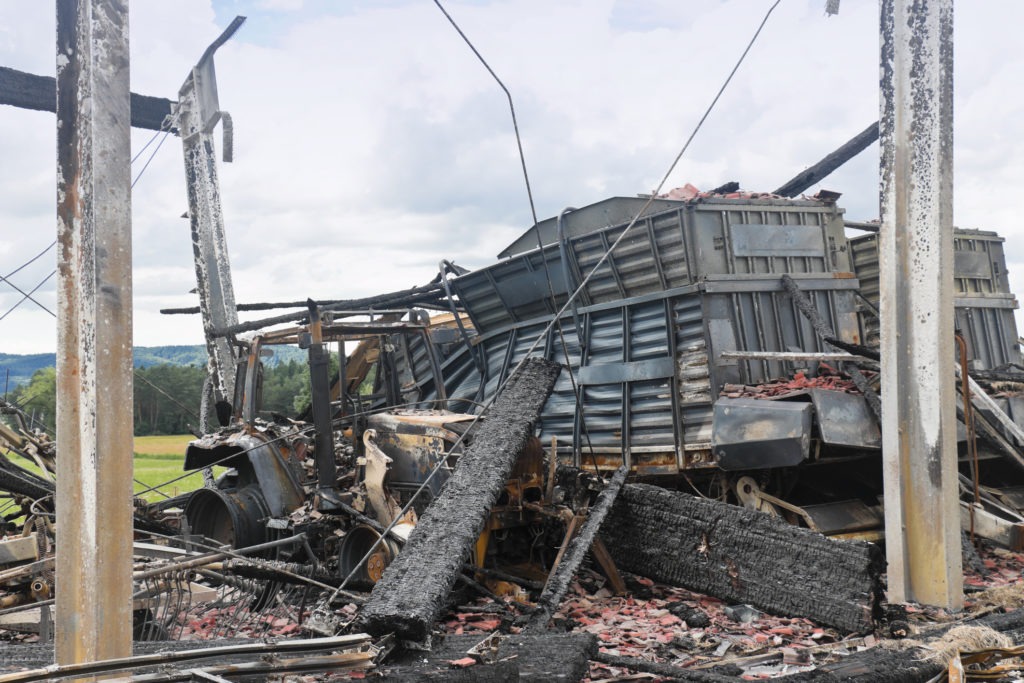Inland Marine insurance? What does that have to do with the construction business? Don’t let the name distract you. Inland Marine insurance is for coverage of equipment loss and damage, which can stop a job right in its tracks.
In an industry where vandalism, theft, and damage from weather events leads to billions of dollars in losses annually including to equipment, Inland Marine is coverage you do not want to go without.
What does Inland Marine insurance protect?
The Contractor’s Equipment portion of Inland Marine insurance covers damaged, stolen, or missing equipment, including:
- Borrowed or rented equipment
- Clothing and uniforms
- Company-owned tools
- Employees’ tools
- Mobile equipment such as bulldozers and excavators
When might claims arise?
Claims will result when a contractor’s equipment is damaged or stolen.
What is typically excluded?
Typical exclusions to coverage include losses resulting from:
- Collapse of a boom on a crane
- Earthquake, floods
- Equipment while it is in transit
- Government action
- Loss of waterborne or underground equipment
- Nuclear hazards
- Terrorism
- War
What if the work is subcontracted?
It is the subcontractor’s responsibility to provide their own coverage for their tools and equipment.
How does this insurance fill a coverage gap?
This insurance fills the coverage gaps from your Property policy and perhaps even your Commercial Auto coverage since neither will cover tools that move between job sites or mobile equipment like bulldozers and excavators.
What are the implications of not having coverage?
Your equipment is essential to your business. When compared to the relatively inexpensive cost of an Inland Marine insurance policy, operating without it is risking significant financial loss.
How does a policy work and how long should you carry coverage?
An Inland Marine Insurance policy renews annually and operates on a per-occurrence basis. Contractors should require coverage for as long as a project is in process.
How do I get the right amount of coverage?
Inland Marine insurance policies are priced according to the value of your equipment. We recommend keeping an up-to-date, detailed inventory including year, serial numbers, model numbers, and the original value for each item. You will also want to keep records of rental equipment, noting to or from whom your equipment is rented.
Smaller, miscellaneous items such as clothing and less expensive tools fall under a specific financial limit. Larger, more expensive equipment and items are scheduled based on their value. But it doesn’t end there. In most Inland Marine insurance policies, equipment that is newer than five years old is insured on a replacement cost basis. Equipment that is older than five years old is insured on an actual cash value basis (determined by taking the replacement cost minus depreciation).
You might consider adding flood or earthquake coverage to your Inland Marine policy, depending on your location. You should also be aware of co-insurance clauses in a policy, which could result in unexpected penalties if you are not carrying coverage at the proper limit.
What happens if your business situation changes?
As your business grows, so will your need for new equipment. Consult with your broker whenever you add equipment to make sure your coverage is complete and current.

